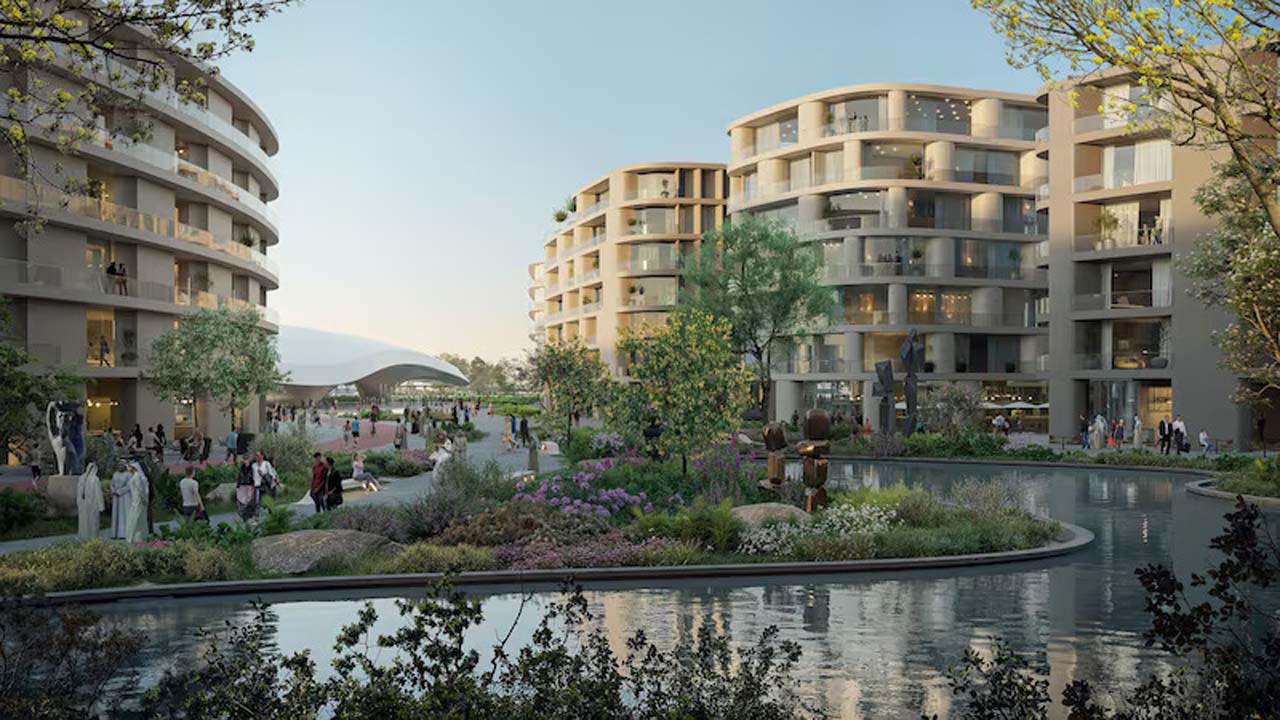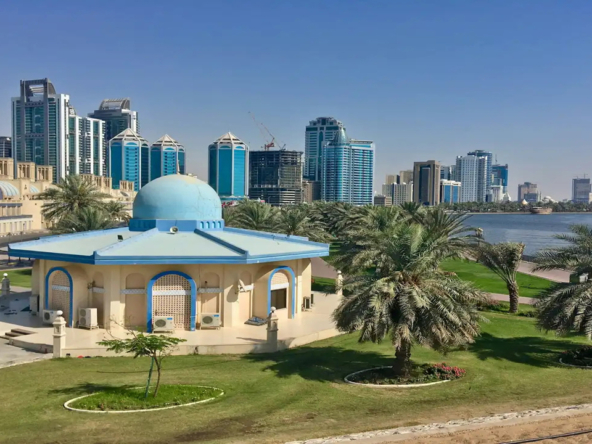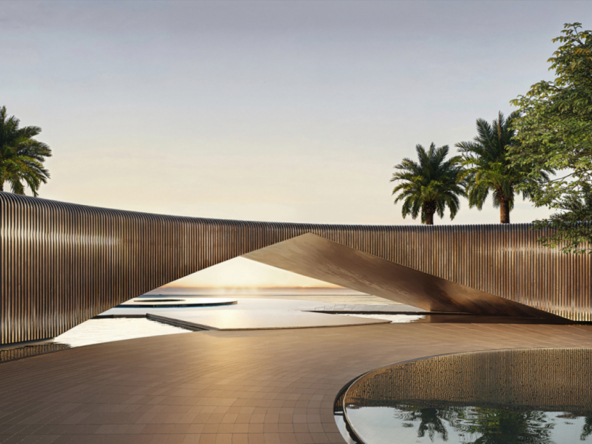As the UAE’s real estate sector evolves, so do expectations for what its cities should offer. Once measured by speed, scale, and sales, urban success must now be defined by sustainability, integration, and long-term value. Facing global challenges such as climate change, infrastructure demands, and shifting societal needs, cities today must be designed not just to grow—but to endure, adapt, and elevate quality of life.
Urban development presents a critical opportunity to address major global concerns—energy efficiency, water conservation, public health, and social inclusion—while ensuring economic viability and livability. Across the UAE, especially in Sharjah, this transformation is already underway. The emirate recorded AED 13.2 billion ($3.59 billion) in real estate transactions in Q1 2025—a 31.9% year-on-year increase. This growth reflects not only investor confidence, but also strategic planning and forward-thinking governance.
Sharjah’s development momentum is a reminder that modern real estate can no longer operate in isolation. Cities function best when utilities, transport, culture, healthcare, and environmental systems work as one connected ecosystem. Integration—not innovation alone—is what now distinguishes truly successful urban planning.
This philosophy shapes the vision behind Khalid Bin Sultan City in Sharjah—a next-generation, people-first urban model built on net-zero-ready infrastructure, smart technologies, cultural assets, and green neighborhoods. Rather than a showpiece, the project is designed as a functional, replicable blueprint for future cities—climate-smart, inclusive, and resilient from the start.
A key feature is sustainable waste management, where on-site and off-site facilities support circularity by recovering and reintegrating recyclables into the local economy. Smart waste collection systems will enable segregation at the source, optimizing reuse and recycling. The city will be powered by renewable energy sources, including solar and waste-to-energy systems, and built to LEED standards. Water reuse technologies will further reduce reliance on natural resources.
Digital innovation plays a pivotal role. A citywide digital twin will enable real-time management and optimization of urban systems, while smart applications will enhance transparency and service delivery. Decentralized digital identities will offer seamless access to homes, workspaces, and services, improving both convenience and security.
Cultural richness and community well-being are central to the city’s design. A dedicated cultural center, public art installations, tree-lined pedestrian zones, and car-free areas will create opportunities for interaction, creativity, and relaxation. Residents will enjoy walkable access to healthcare, recreational facilities, and micro-mobility options—fostering an active, balanced lifestyle.
These aren’t futuristic concepts—they’re pragmatic solutions to questions facing urban planners around the globe. How do we scale clean energy? Design walkable environments in hot climates? Make digital tools effective without overwhelming users? And how do we ensure sustainability is an embedded value—not just a checkbox?
What matters most is the human experience—how a city supports its people, reduces friction, and enables a healthy, connected, and fulfilling life.
Today’s urban developments are expected to deliver more than short-term financial returns. They must contribute to broader goals: national climate commitments, economic diversification, public health, and social cohesion. This doesn’t reduce the commercial relevance of real estate—it signals an evolution toward rewarding resilience, adaptability, and long-term impact.
With national frameworks like the UAE’s Net Zero 2050 Strategy, the stage is set. Now, it’s up to developers, planners, architects, and operators to take action. Success lies in systems thinking—in creating districts that are walkable, digitally integrated, and culturally authentic. Data must be treated not just as a metric, but as a governance tool for better city management.
Take Sharjah again as an example: it’s not just expanding—it’s building with intent, shaping a distinct urban identity grounded in culture, foresight, and inclusivity. There’s room in the UAE for a variety of urban models—but each must be united in their mission to serve the people who call them home.
The cities of tomorrow aren’t about more construction—but smarter coordination, thoughtful outcomes, and a legacy of sustainability that lasts far beyond the present.




